Articles
Rail
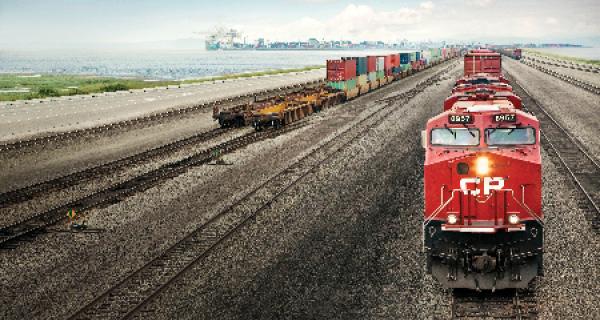
Intermodal : Making the Connection
Intermodal transport requires all modes to work together seamlessly. It’s all about connectivity.
Read More
Positive Train Control: Negative Impact On Railroads?
The Rail Safety Improvement Act of 2008 (RSIA) mandates that Positive Train Control (PTC), a set of advanced technologies designed to stop or slow a train before accidents occur, be implemented across approximately 60,000 miles of the nation’s rail lines by Dec. 31, 2015. Class I railroad main lines that handle any poisonous, inhalation, or […]
Read More
Driver Shortage Threatens to Slow Intermodal Growth
The shortage of qualified drivers threatens the intermodal industry’s continued growth. The challenge for intermodal is not only hiring enough professional drivers, but also retaining them. For many transportation companies, attracting and retaining drivers are the biggest challenges. The extreme number of multi-hour delays along the intermodal chain, combined with the impersonal treatment drivers receive […]
Read More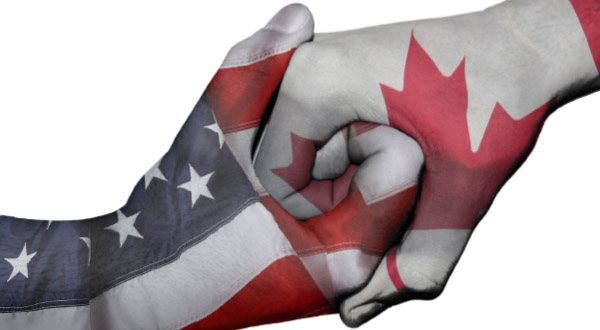

Dealing With Demurrage, the Dreaded D-Word
Every industry endures a topic no one wants to discuss. It’s usually too painful or tedious to confront, although it probably will never vanish. For shippers and receivers who transport by rail, that topic is the dreaded demurrage. Demurrage is the fee charged for the extended use of a railroad-owned or privately held railcar. When […]
Read More
How Amtrak’s Supreme Court Case Affects Freight Shippers
Track-sharing among railroads has long been a complicated issue. The U.S. Supreme Court recently reviewed a case determining whether Amtrak has the authority to regulate privately owned freight railroads with which it shares rail. The Rail Passenger Service Act of 1970 was supposed to reinvigorate a national passenger rail system. The legislation created Amtrak to […]
Read More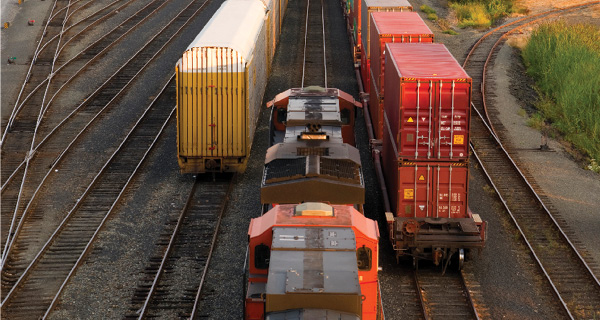
Riding the Rails
America’s great rail intermodal sites serve as vital hubs in the logistics landscape.
Read More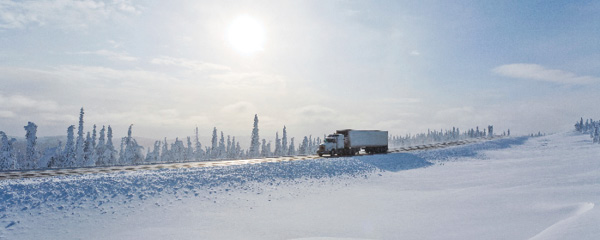
Freight Transport in Alaska: The Haul of the Wild
Because of Alaska’s remote location and precarious weather, transport providers carrying freight on land, sea, and air have developed special expertise to buck the challenges.
Read More
Global Logistics—March 2015
Hong Kong: A Space Odyssey Hong Kong is one of the world’s most densely populated cities. Remarkably, only 30 percent of its land is actually developed—a reflection of the area’s mountainous terrain. Hong Kong historically has focused much of its infrastructure development on costly projects to reclaim land from the sea. Accordingly, these constraints have […]
Read More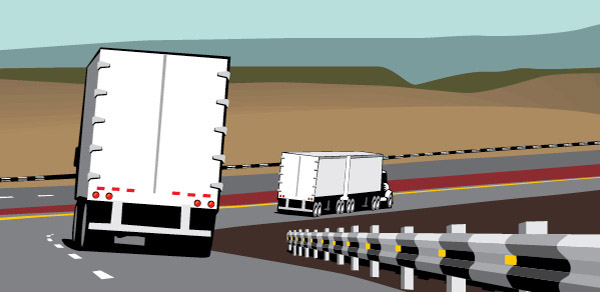
Trends—January 2015
Truck Sizes and Weight: The Long and the Short of It Truck size and weight has long been a sensitive and divisive issue, pitting railroads and the motoring public against a trucking industry already beset by the full heft of regulatory burden. Proponents favor increasing the scale and scope of what trucks and trailers can […]
Read More
Global Logistics—January 2015
Uber Hails Hong Kong Cargo Pilot While analysts continue to speculate about how the "Uber model" will translate to parcel and small shipment movements, especially in densely populated areas, the San Francisco-based taxi/technology company has begun testing its platform in Hong Kong. Its latest incarnation, UberCARGO, promises to deliver the same cashless convenience that has […]
Read More
Regulatory Update: Playing by the Rules
Mark our words: Legislative and regulatory resolutions could spell trouble for shippers and carriers in 2015.
Read More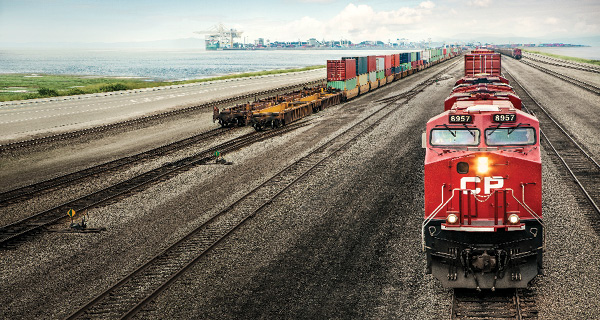
Rail Freight: What’s Coming Down the Track?
Hop aboard with Inbound Logistics to find out.
Read More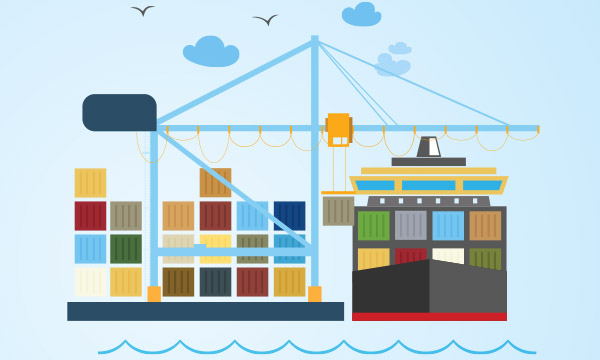
Global Ports: A Boatload of Opportunity
Facing a number of challenges and constraints, the global port industry is addressing concerns and capitalizing on new opportunities.
Read MoreReducing Freight Costs
Transportation prices have risen over the past year, but shippers can cut those costs through smart planning. Tim Benedict, senior director of transportation at APL Logistics, offers the following tips for reducing freight costs. 1. Don’t wing it. Electing to use international air instead of expedited ocean for the majority of hot shipments could leave […]
Read More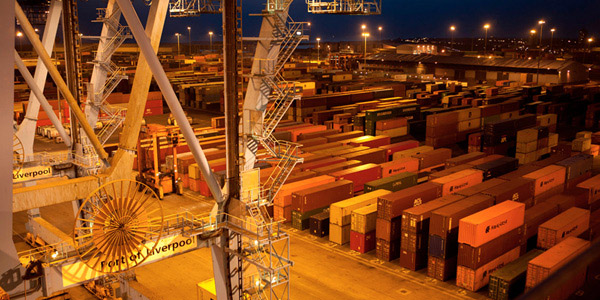
Global Logistics—December 2014
As UK Port Capacity Heads South, Freight Moves North London’s notorious congestion issues extend beyond the city limits. A shortage of inland transport capacity and increasing truck idling times at ports in the south of England are pushing freight to the north. Over the past year, UK-based third-party logistics provider Metro Shipping has transferred several […]
Read More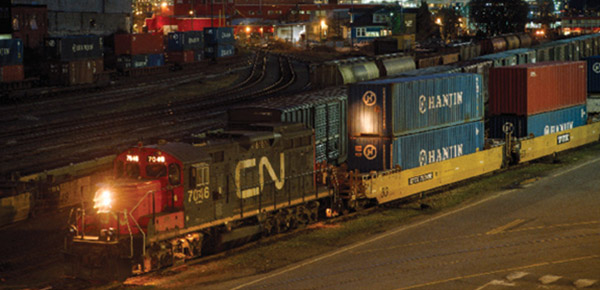
Trends—November 2014
Competitive Switching: Between a Rock and a Railroad Competitive switching—a directive that would require railroads to switch a customer’s freight to a competitor’s line within a reasonable distance—has been a "third rail" conversation among captive shippers and railroads ever since the threat of re-regulation started ringing through Congressional hallways. More pressing safety and security concerns […]
Read More
Intermodal Transportation’s Solution to Our Evolving Supply Chain Demands
One of the top supply chain trends impacting the transportation industry today is intermodal transportation. Over the past few years, capacity has been squeezed with driver shortages, increased demand, increased fuel prices, and heightened government oversight. All these extenuating circumstances affect everything from pricing to timing of loads, and executives are looking for the answer […]
Read More
Modal Harmony in a Discordant Market
When U.S. gas prices hit all-time highs in summer 2008, surpassing $4 per gallon and $140 per barrel, shippers felt the pinch. For some, it pushed the needle in a new direction. Shippers such as Welch’s used the 2008 gas crisis as a burning platform to test intermodal solutions in certain lanes. It was a […]
Read More
Intermodal: Too Much of a Good Thing?
The growing popularity of intermodal transportation leaves more shippers planning their way around equipment shortages and traffic jams.
Read More